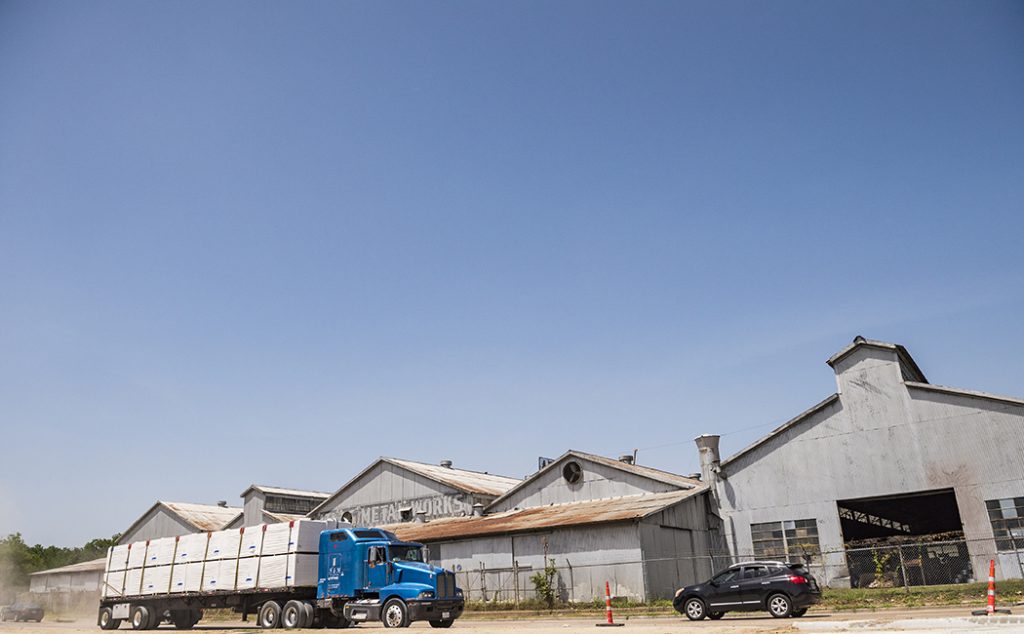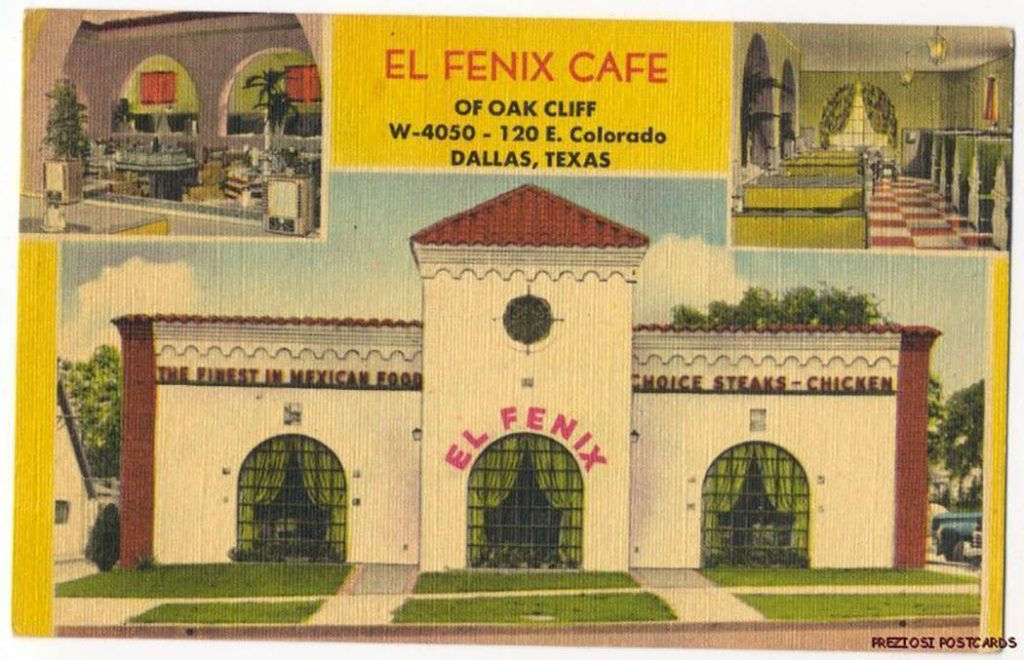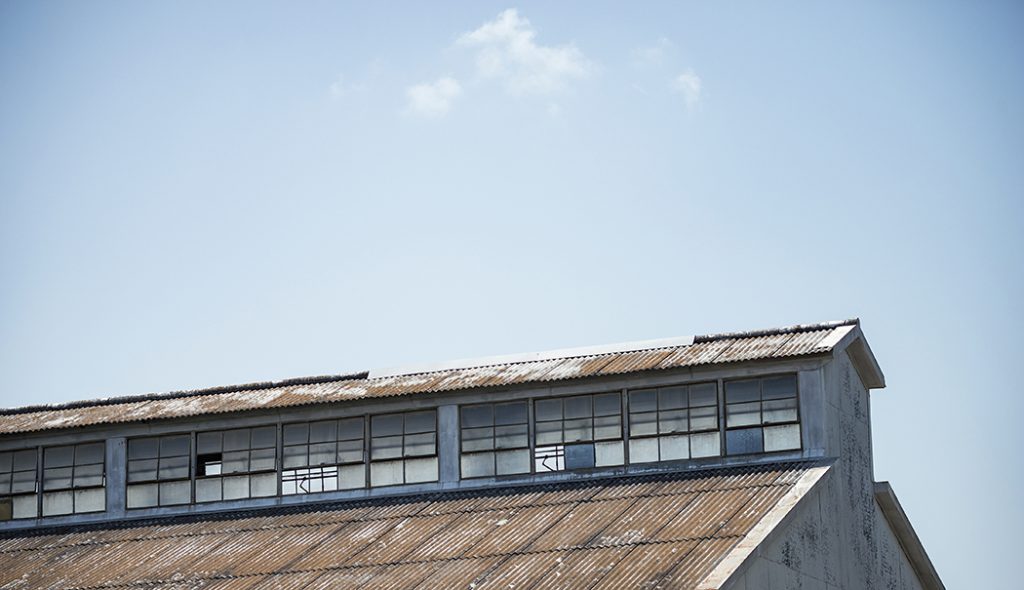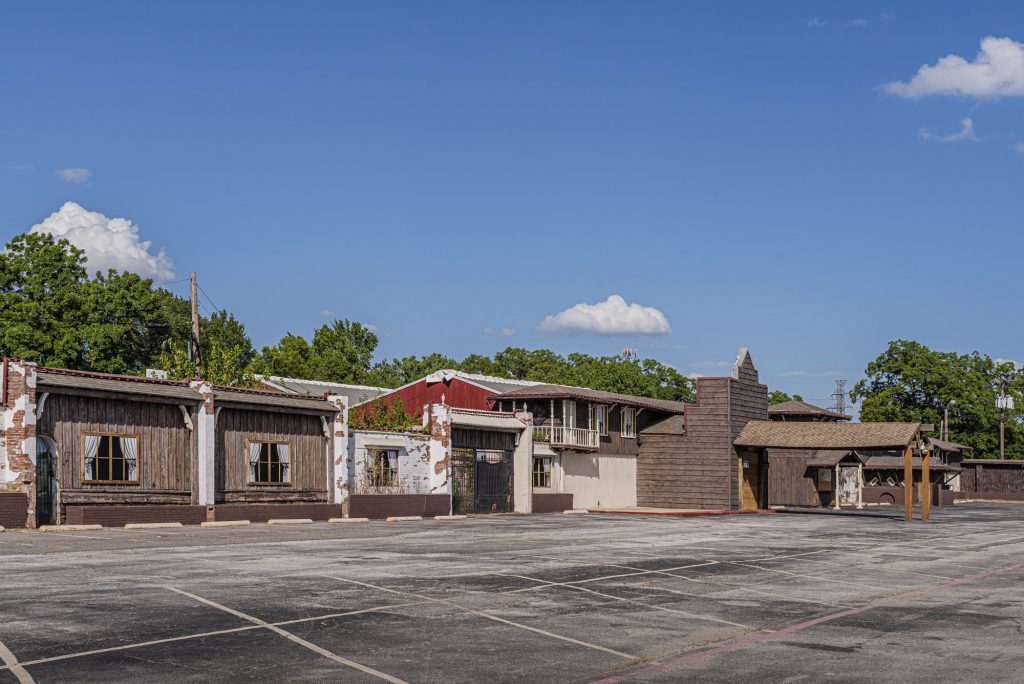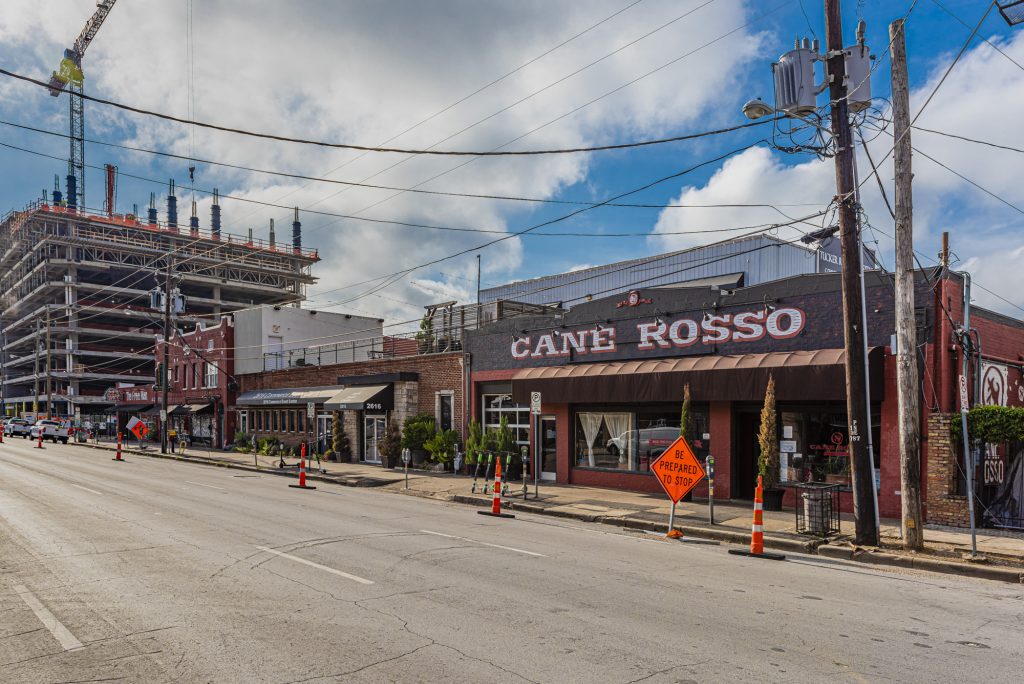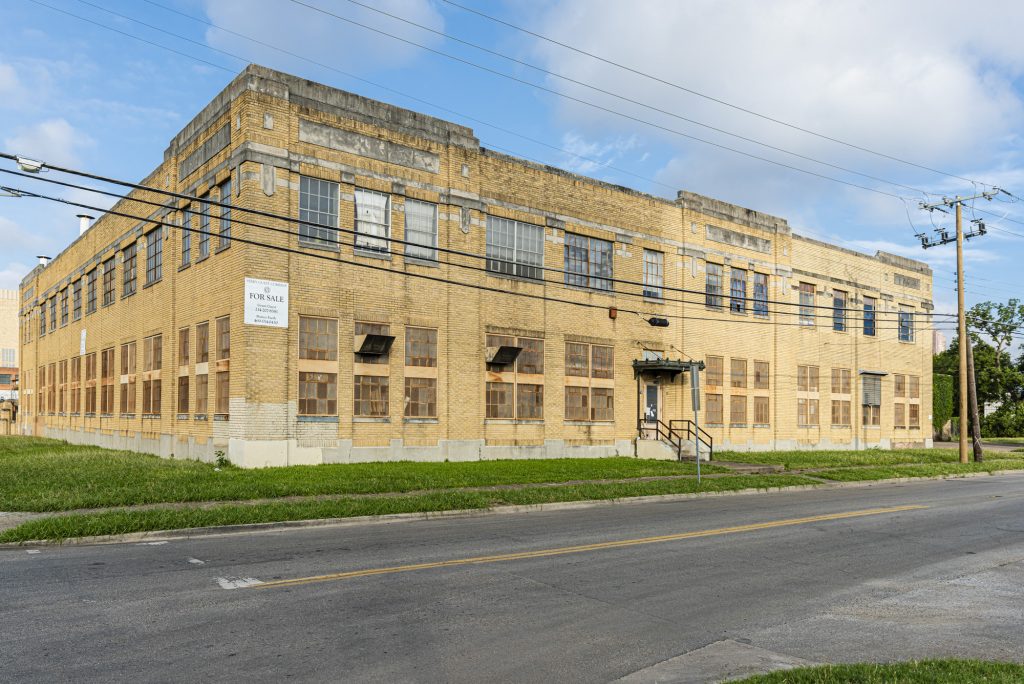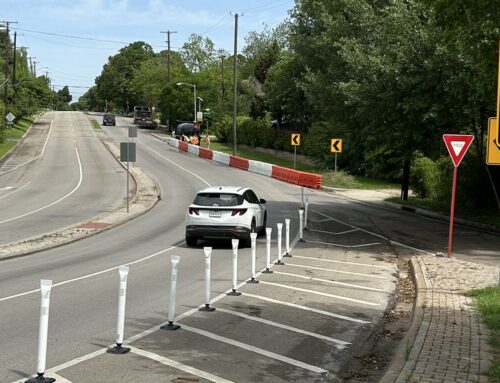The 91-year-old Atlas Metalworks building on Singleton Boulevard represents the expansion of industrial real estate after modern levees were built to protect West Dallas.
El Fenix on Colorado Boulevard, built in 1948, is where every school and social club in Oak Cliff held lunches and awards ceremonies for decades.
Those two properties are amid a list of seven that make up Preservation Dallas’ “Most Endangered Historic Places.”
The list also includes Dallas ISD schools that are at risk because of a district plan to demolish and replace 17 schools. The ones in Oak Cliff and West Dallas are W.H. Atwell Law Academy, Dallas Environmental Science Academy, Lenore Kirk Hall Elementary, George Peabody Elementary and Elisha M. Pease Elementary.
Other locations on the list include Deep Ellum, Longhorn Ballroom, Mrs. Baird’s Bread Co. building and historic features of Reverchon Park, including the century-old ballpark.
“This list is a roadmap for advocacy, education and development of programs in the preservation community to hopefully address the needs of these endangered places,” says Preservation Dallas Executive Director David Preziosi. “They are important to the history and fabric of Dallas, and if we lose them, they are gone forever.”
A developer has plans to build an 8-story apartment complex on the site of El Fenix, which made the Oak Cliff Advocate’s “Architecture At Risk” list in 2018. It was the second El Fenix ever built after the one Downtown, which is also for sale. A restaurant group bought El Fenix in 2008. That company also owns the former Polar Bear Ice Cream, which recently suffered demolition by neglect.
Here’s what Preservation Dallas says about it:
The site where the restaurant is located is in the process of being sold to a developer that aims to demolish the building for the redevelopment the site with a large scale apartment complex. To do so would wipe away an important part of Mexican American and culinary history in Dallas, and erase this manifestation of the American Dream that has served its community for over 70 years. Every means should be explored to incorporate this important Oak Cliff landmark into the new development.
Atlas Metalworks, which also made the Oak Cliff Advocate’s 2018 list, is surrounded by multifamily development in quickly gentrifying West Dallas.
Gentrification is rampant in this area of the city with new construction on vacant lots and demolition of older structures for new construction. It is only a matter of time before a developer comes along with a large sum of money to purchase and raze the Atlas Metal Works for new development, thus destroying one of the few remaining examples of industrial architecture from the 1920s.
Most people are familiar with the bovine sign out front, but the Longhorn Ballroom itself, which Texas Monthly once called “Texas’ most historic music venue” comprises more than 40,000 square feet. An entrepreneur bought it a few years back, reportedly sinking a grip into the thing and later filing bankruptcy. It is now for sale, and the property includes seven commercial lots on 4.4 acres.
Says Preservation Dallas: “The building is not protected by landmark status, and anyone who purchases it could demolish this incredible piece of Dallas’ musical history.”
Deep Ellum is one of Dallas’ historically Black neighborhoods, established by the formerly enslaved following the end of the Civil War.
Black and Jewish residents of Dallas set up the first businesses there and turned it into a thriving commercial district. In the 1920s, it became a hotbed for musical talent, including T-Bone Walker, Blind Lemon Jefferson and Leadbelly.
Here’s why Preservation Dallas put it on the list:
The success of the redevelopment efforts has brought new development pressure to the historic area. In the late 2010’s large scale high-rise apartment projects began transforming each end of Deep Ellum, and now mid-rise and high-rise apartments are starting to develop towards the center of the district. As the district continues to be successful there will be more pressure on the historic one and two-story buildings to be demolished for large scale development projects. There is nothing to stop a developer from coming in and purchasing large swaths of commercial blocks on Main, Elm, Commerce and Canton Streets for out of scale mid- to high-rise development, thereby erasing an essential segment of Dallas’ black history. Preservation of this district should be of paramount importance to ensure all Dallas citizens can witness and celebrate their ties to the development of our city.
The Mrs. Baird’s plant in Old East Dallas was built in 1929, the 102-year-old company’s first outside of Fort Worth.
Here’s the history, from Preservation Dallas:
Roland W. Baird, son of the bakery founder, announced in February 1928 that designs for the $250,000 plant would be drawn by a New York firm that specialized in bakeries. The two-story solid brick commercial building that was built featured distinctive Prairie School detailing and produced 3,500 loaves of bread per hour.
Demand grew, and a $12,000 addition designed by Bertram C. Hill was placed in 1934 on the side and back of the structure, expanding the cooling, wrapping, and loading areas. Population growth after World War II outstripped production capacity, so Mrs. Baird’s built a new facility on North Central Expressway which opened in 1954 and has since been demolished. The historic building was sold in 1956 and housed a book cover manufacturing facility and a fabric company. The Mrs. Baird’s building was listed on the National Register in 1995, so it is eligible for both state and national preservation tax credits.
The 1919 and 1937 Mrs. Baird’s Bakeries in Fort Worth have also been demolished, leaving this as the earliest Mrs. Baird’s building in the Metroplex. The handsome bones of this solidly-built structure await re-development, but the current high asking price and lack of landmark protections for the site could forever banish memories of the smell of freshly-baked bread on this corner.

